Orchid care
ladyrenee30
10 years ago
Related Stories
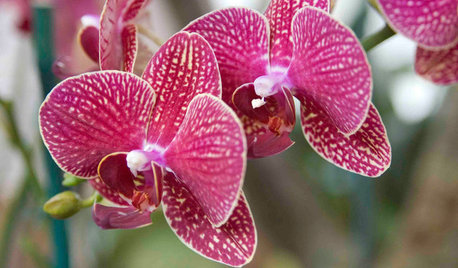
HOUSEPLANTSOrchids 101: How to Keep Your Moth Orchids Alive and Blooming
Growing Phalaenopsis — and getting it to flower again — is easier than you might think
Full Story
HOUSEPLANTSHow to Grow Orchids Indoors
Orchids are the exotic aristocrats of the flower world and can make themselves comfortable in almost any home
Full Story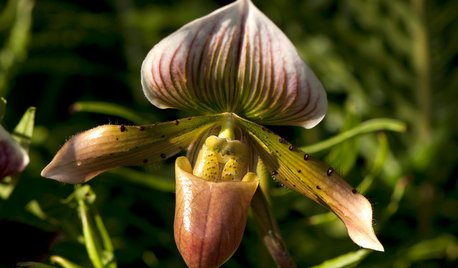
HOUSEPLANTSOrchids 101: Slipper Orchid Success
If you don’t already love Paphiopedilums, learning how to grow them with ease might change your mind
Full Story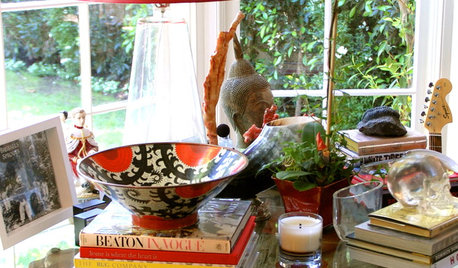
DECORATING GUIDESIndoor Gardener: Orchids Bring Beauty to Decor
Beautifully blooming orchids add elegance and grace to entryways, bathrooms and decorative vignettes
Full Story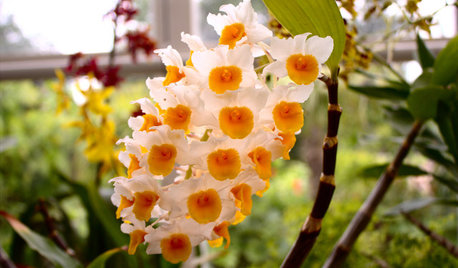
HOUSEPLANTSOrchids 101: Try Something Different With Dendrobiums
If you’re looking for something out of the ordinary, these orchids may be a good choice
Full Story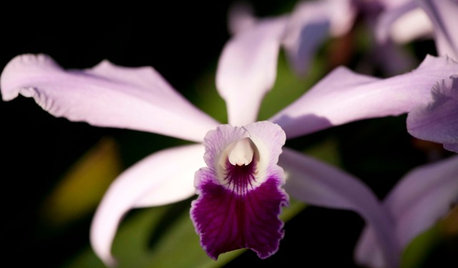
HOUSEPLANTSOrchids 101: Classic Cattleyas
These traditional corsage orchids can easily be a part of your collection of blooming plants
Full Story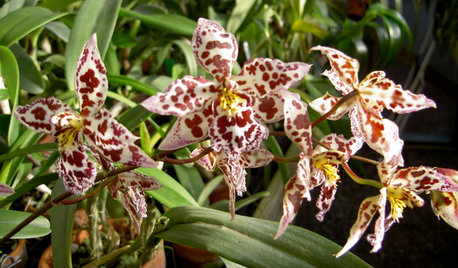
FLOWERSOrchids 101: Frilly Oncidiums Dance Their Way to Center Stage
Sprays of flowers characterize these New World orchids
Full Story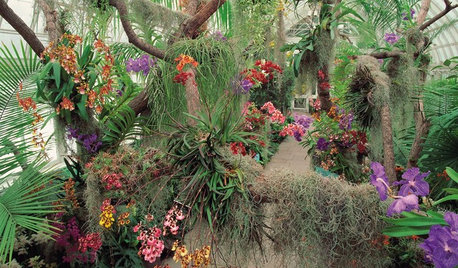
FLOWERSSee the Amazing Orchids Unfolding at a New York Garden Show
Get an eyeful of awe-inspiring orchids in incredible colors and learn how to keep one happily blooming at home
Full Story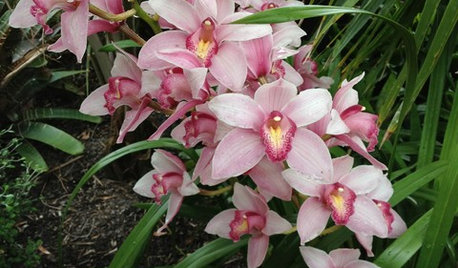
FLOWERSOrchids 101: Cymbidiums Add Beauty Indoors and Out
Their large, long-lasting flowers give them a place of honor in homes and gardens
Full Story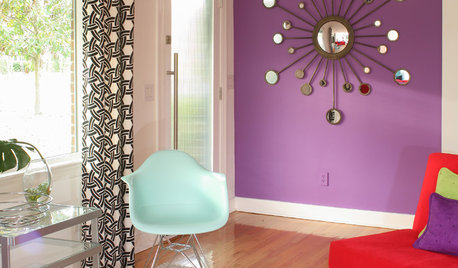
COLORBest Ways to Use Radiant Orchid, Pantone's Color of 2014
Learn how to work in this bold fuchsia-pink-purple successfully around the home, and give it a yay or nay in the Houzz poll
Full Story





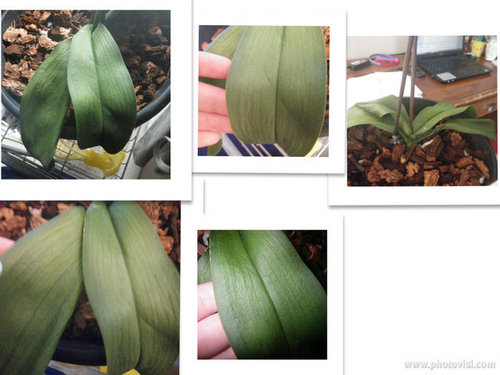
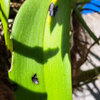

shavedmonkey (Harvey in South Fl.)Z10b
terpguy
Related Professionals
Peabody Landscape Contractors · Tempe Landscape Contractors · Bainbridge Island Landscape Contractors · Dinuba Landscape Contractors · Firestone Landscape Contractors · Hoffman Estates Landscape Contractors · Lemay Landscape Contractors · Medford Landscape Contractors · Mount Kisco Landscape Contractors · North Haven Landscape Contractors · Olympia Landscape Contractors · Ringwood Landscape Contractors · Seven Hills Landscape Contractors · Streamwood Landscape Contractors · Ken Caryl General Contractorsladyrenee30Original Author
terpguy
tamela_star
terpguy
jane__ny
jimster
ladyrenee30Original Author
terpguy
shavedmonkey (Harvey in South Fl.)Z10b
highjack
James _J
terpguy
ladyrenee30Original Author
arthurm
ladyrenee30Original Author
ladyrenee30Original Author
terpguy
ladyrenee30Original Author
dakota01
ladyrenee30Original Author
angelonia_anne
terpguy
saldut
shavedmonkey (Harvey in South Fl.)Z10b
westoh Z6
terpguy
Danielle Rose
terpguy
Danielle Rose
terpguy
shavedmonkey (Harvey in South Fl.)Z10b
Danielle Rose
shavedmonkey (Harvey in South Fl.)Z10b
terpguy
westoh Z6
shavedmonkey (Harvey in South Fl.)Z10b
jane__ny
terpguy
jane__ny
shavedmonkey (Harvey in South Fl.)Z10b
westoh Z6
terpguy
shavedmonkey (Harvey in South Fl.)Z10b